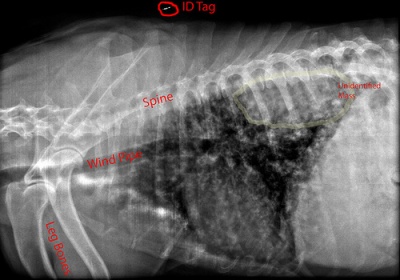
The first thing you need to know is what normal body temperatures are -100.5 – 102.5 degrees fahrenheit for cats and dogs.
If you suspect your pet has a fever, you can use a rectal thermometer. Lubricate the tip with petroleum jelly. Lift the tail and insert the thermometer about 1″ into the rectum. After the prescribed time, remove the thermometer and check the temperature. You should notify your veterinarian about any reading over 103.5 degrees or under 99 degrees fahrenheit. At 106 degrees, there are serious side effects such as brain damage and death. You can also check the back of the ears or stomach for abnormal warmth. There are special pet thermometers and it’s a good idea to purchase one for your pet’s first aid kit.
Symptoms of fever include lethargy, loss of appetite, panting, rapid breathing, dehydration, shivering, dull eyes. Fever can be present when there is an undetected disease or illness. The body generates fever to fight disease.
Be sure to tell your vet of any unusual signs your pet is showing. Has your pet just been vaccinated? It’s not unusual for your pet to run a low grade fever for a day or two.
It’s important to keep your pet hydrated with small amounts of water every few minutes. However, don’t force the water. If your pet will take chicken or beef broth, that will help too. Ask your vet if it’s advisable to wrap your pet in a damp towel for cooling.
Never give your cat aspirin – it’s poisonous to cats. Give aspirin to your dog only if your vet prescribes it. Acetominaphen is poisonous to pets as well.
If in doubt, contact your vet or emergency service before treating your pet.
Related articles:



